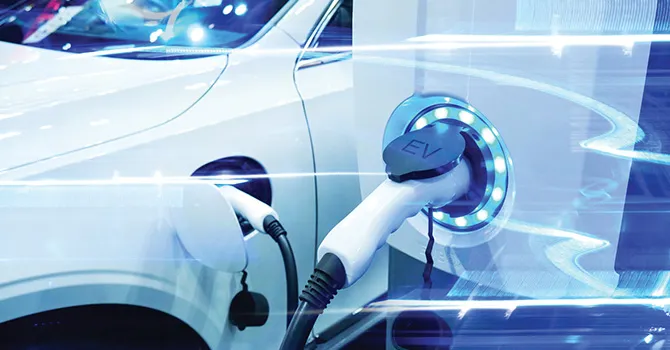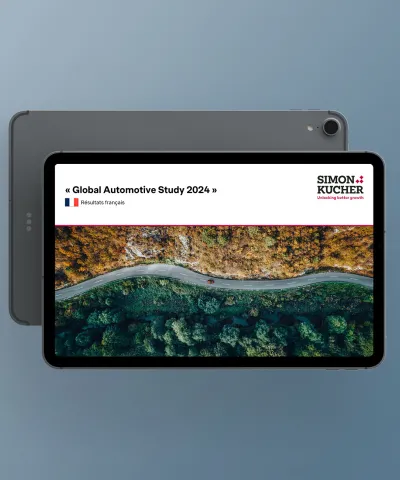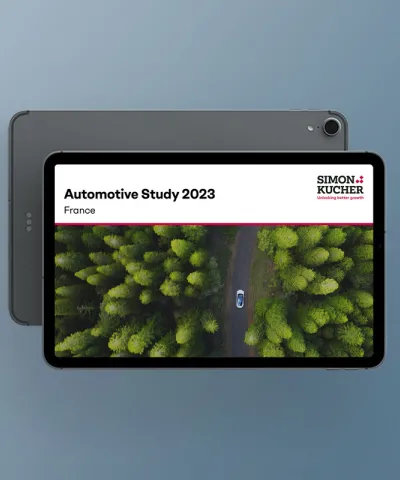Chinese automakers dominate the EV market at home, outflanking established players. As more and more set their sights abroad, it is high time for incumbents to better understand who they are dealing with. We kick off this new series by unveiling what is happening behind the Great Wall, and what newcomers will bring with them when they come to town.
In May 2021, William Li, CEO of China’s fastest growing electric vehicle (EV) startup NIO, announced the company’s first venture in growing overseas. Setting up shop in Norway, NIO aims to enter the wider European market from 2022.
Li is not alone. NIO is one of many Chinese EV startups that have found immense success at home and are now setting their sights abroad: first stop – Europe. Domestically, Chinese automakers dominate the market – in 2020, only Tesla and BMW made it to the Top 10 EV models in China by sales volume – while globally, 8 out of 25 biggest carmakers by market cap are Chinese.

For the first time in history, Chinese car manufacturers are presenting a serious challenge to traditional western brands. Even though western companies have built up their reputation over decades selling traditional internal combustion engine cars, when it comes to the race for electric, every brand, no matter the history, launches from the same starting line.
Chinese EV manufacturers are on the march to international markets
Propelled by a strong foundation rooted in China’s booming EV market, and motivated by governmental investment and support, Chinese EV players are increasing their efforts to penetrate overseas markets – and Europe is their first target.
The timing could not be better for ambitious upstarts to initiate their growth ambitions. Traditionally, the European market has been difficult for international automakers to penetrate, but this may no longer be the case. According to The Pew Research Centre, in 2020, despite the COVID-19 pandemic, Europe became the fastest growing EV market in the world: increasing its EV sales by 60 percent – almost double the sales China achieved.
Chinese cars have already infiltrated the European market. Before NIO made its big announcement, the first Chinese startup to go on sale in Europe was AIWAYS, launching its fully electric U5 SUV in August 2020. They were followed closely by Xpeng, delivering their G3 smart electric SUV model to Norway in December last year. While MG, owned by China’s SAIC Motor, is selling its cars to 14 European countries, and aims to double its dealerships in mainland Europe to over 200 in 2021.
Needless to say, Europe is a promising landscape for newcomers and future contenders – such as BYD and Geely – to achieve fast and successful market growth.
What are the fundamental driving forces responsible for their rapid rise?
The rapid rise of Chinese EV manufacturers is intrinsically linked to the Chinese government’s calculated and extensive support. From providing monetary incentives, to creating the necessary infrastructure, the government has successfully equipped Chinese automakers with a unique vitality and business model, both to triumph domestically and flourish abroad.
In 2009, the government recognized both EVs potential as a pillar for China’s economic growth, and the golden opportunity presented by the new trend for Chinese manufacturers to become global leaders. Monetary incentives followed, fuelling the country’s EV uptake, and motivating automakers to join the race for electric long before their western competitors.
The government also implemented a credit system which has ensured the domestic EV market’s continuous growth. Since 2019, original equipment manufacturers (OEMs) have received credits for each new energy vehicle (NEV) produced. Regulators base credit targets for each OEM on its total production of passenger cars. The credits take various factors into consideration, such as: the type of vehicle, its maximum speed, energy consumption, weight, and range. If a manufacturer does not reach the target, they must purchase credits from competitors, resulting in a surplus, or financial penalties.
Finally, China has paved the way for future development growth by investing millions in charging infrastructure. The country is building ahead of demand, strategically laying out public charging piles in advance to meet future needs, in line with EV trends. In 2016, China surpassed Europe as the market with the most extensive public charging network worldwide, and has continued to expand it at an impressive rate – installing as many as 112,000 public charging points in December 2020 alone, which is more than the entire US network. Indeed, China has one of the best vehicle-to-pile ratios – which compares the number of electric vehicles per public charging pile.
Though this may seem as though China is just single-mindedly pursuing numbers, the country is transitioning its charging infrastructure to better identifying and matching consumer demands. In this way, it’s future-proofing its EV market, and guaranteeing success for home-grown automakers.
A series of articles on what established players can learn from Chinese upstarts
In this series, we will uncover what makes Chinese EV challengers tick. From business models, to unique value propositions, product offerings, sales, marketing, and pricing strategies, there is much western brands can learn from these rising challengers from the Far East. Stay tuned for part 2, where we will discuss the Chinese NEV brands at play, and what lessons can be learned from their unique value proposition – selling more than just a car.
Read more from this series:
Part 2: A Panorama of Electric Vehicle Companies in China
Part 3: Chinese EV Startups: Leaders in Future Car Technology
Part 4: Chinese OEMs: A New Level of Electric Vehicle Marketing and Sales Strategies
Part 5: Pricing Strategies: What the West can Learn from Chinese Car Manufacturers








